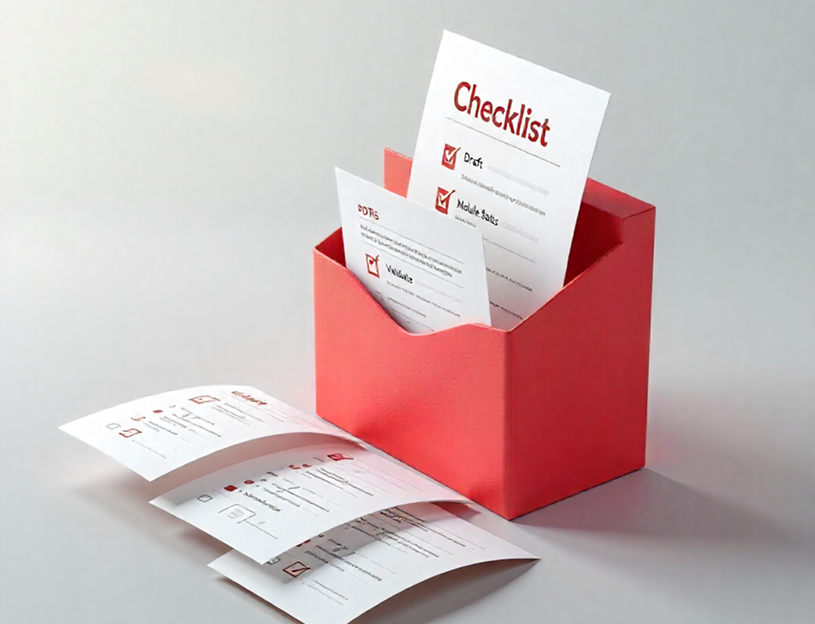
The electronic Common Technical Document (eCTD) is the globally recognized format for submitting regulatory applications to health authorities. Designed to streamline the regulatory review process, eCTD enables pharmaceutical companies to submit data in a structured, consistent, and electronic format. However, while the eCTD structure is harmonized under the International Council for Harmonization (ICH), implementation requirements vary across regulatory authorities such as the Medicines and Healthcare products Regulatory Agency (MHRA), European Medicines Agency (EMA), and the United States Food and Drug Administration (US FDA).
Understanding these differences is crucial for maintaining regulatory compliance, avoiding rejections, and expediting the time-to-market. This article examines the distinct eCTD submission requirements for the MHRA, EMA, and FDA, highlighting key differences, operational challenges, and the advantages of expert support from trusted providers like eCTD Plus.
Comparison of eCTD Requirements for MHRA, EMA, and US FDA
1. eCTD Versioning and Implementation
- US FDA:Mandates eCTD format for New Drug Applications (NDAs), Abbreviated NDAs (ANDAs), Biologics License Applications (BLAs), and Drug Master Files (DMFs). As of now, FDA accepts eCTD v3.2.2 and is actively progressing toward v4.0 implementation.
- EMA:Requires eCTD submissions for all centralized procedures. National and mutual recognition procedures also support eCTD. EMA follows v3.2.2, with a clear roadmap toward adopting v4.0 in line with ICH guidelines.
- MHRA: Post-Brexit, MHRA mandates eCTD for all marketing authorization applications and variations in the UK. It currently accepts v3.2.2, aligning with pre-Brexit EU standards but now operating independently.
2. Regional Requirements and Granularity
- FDA:Has detailed Module 1 specifications tailored to U.S. laws and administrative requirements, including precise metadata tags.
- EMA:Uses the EU Module 1 Specification. Country-specific variations exist for decentralized and mutual recognition procedures.
- MHRA: Maintains its own UK Module 1 specification post-Brexit. Although similar to the EMAs, it includes UK-specific fields, submission routes, and administrative requirements.
3. Submission Gateways and Tools
- FDAUses the Electronic Submission Gateway (ESG). Requires prior registration and testing before live submissions.
- EMA: Utilizes the eSubmission Gateway and Web Client, supporting submissions via the Common European Submission Portal (CESP).
- MHRA: Continues to accept submissions via CESP, but also allows direct email submission for specific document types, providing more flexibility post-Brexit.
Key Differences and Similarities
| Feature | MHRA | EMA | US FDA |
|---|---|---|---|
| eCTD Version | v3.2.2 | v3.2.2 | v3.2.2 (Transitioning to v4.0) |
| Module 1 Specification | UK-specific | EU-specific | US-specific |
| Submission Gateway | CESP / Email | CESP / eSubmission Gateway | ESG |
| Mandatory for Submissions | Yes (all major types) | Yes (centralised, MRP, DCP, national) | Yes (NDAs, ANDAs, BLAs, DMFs) |
| Life Cycle Management | Required | Required | Required |
While the core structure remains harmonized, regional modules, gateway protocols, and transition timelines result in operational complexity for global submissions.
Challenges Companies Face Due to These Differences
1. Divergent Module 1 Specifications
Each agency demands unique administrative and legal documentation in Module 1. Incorrect metadata or omissions often lead to technical rejections.
2. Gateway Variability and Access
Submission portals differ in file size limits, technical validation rules, and gateway credentials. Managing access and compliance across multiple platforms requires specialized knowledge.
3. Life Cycle Management Complexity
Document life cycles, including version control and linking strategies, must comply with region-specific expectations, posing a challenge during variations and renewals.
4. Timelines and Format Transitions
As regulatory bodies transition to eCTD v4.0 at different paces, companies must maintain dual-system capabilities and ensure backwards compatibility.
5. Resource and Skill Gaps
Regulatory teams often lack the in-house expertise or tools required for compliant eCTD publishing, validation, and submission across all territories.
How Expert Support Like eCTD Plus Helps Navigate This
e-CTD Plus provides advanced eCTD publishing software solutions designed to meet the technical and regulatory demands of MHRA, EMA, and FDA submissions. With a focus on efficiency and compliance, e-CTD Plus offers a range of powerful features that simplify the submission process
Key Features of e-CTD Plus:
-
Compliance Made Easy
Automatically ensures all file names and titles conform to regulatory standards.
-
Flexible Document Preparation
Create CTD documents directly in Word or import existing Word files, and attach optimised PDFs.
-
Template Integration
Include relevant templates or guidelines directly at the leaf level for consistency.
-
Defined Workflows
Assign clear user roles such as Doer, Reviewer, and Publisher to streamline task management.
-
Comprehensive Reporting
Access detailed reports and audit trails to track submission progress and activity.
-
Automated PDF Optimisation
Meet agency requirements with built-in hyperlinking and PDF compliance tools
-
Technical Validation
Validate submissions using the latest MHRA, EMA, and FDA criteria.
-
SPT Tool (Submission Preparation Tool)
Assists in ensuring submissions meet both technical and content expectations.
These features enable regulatory teams to produce high-quality, compliant eCTD submissions efficiently, reducing risk and accelerating approval timelines.
Conclusion
Although the eCTD standard is globally recognized, regional implementation differences across the MHRA, EMA, and US FDA create significant challenges for pharmaceutical companies. From module specifications to submission gateways, each authority imposes unique requirements that demand careful navigation. Leveraging professional support, such as the services offered by e-CTD Plus, enables organizations to achieve regulatory compliance, streamline global submissions, and stay ahead of evolving standards.
Frequently Asked Questions (FAQs)
The US FDA and EMA both use eCTD v3.2.2, but differ in their Module 1 specifications and submission gateways. The FDA uses ESG, while EMA uses the eSubmission Gateway and CESP.
MHRA follows similar eCTD structures but has issued its own UK-specific Module 1 specification. The UK operates independently of the EMA.
As of now, the FDA accepts eCTD v3.2.2 and is preparing to transition to eCTD v4.0 soon.
No, while core modules (2-5) may be similar, Module 1 must be customized for each agency’s requirements. Regional differences prevent direct reuse.
eCTD publishing services ensure compliant formatting, validation, and submission readiness across multiple regulatory agencies, reducing the risk of technical rejections.


